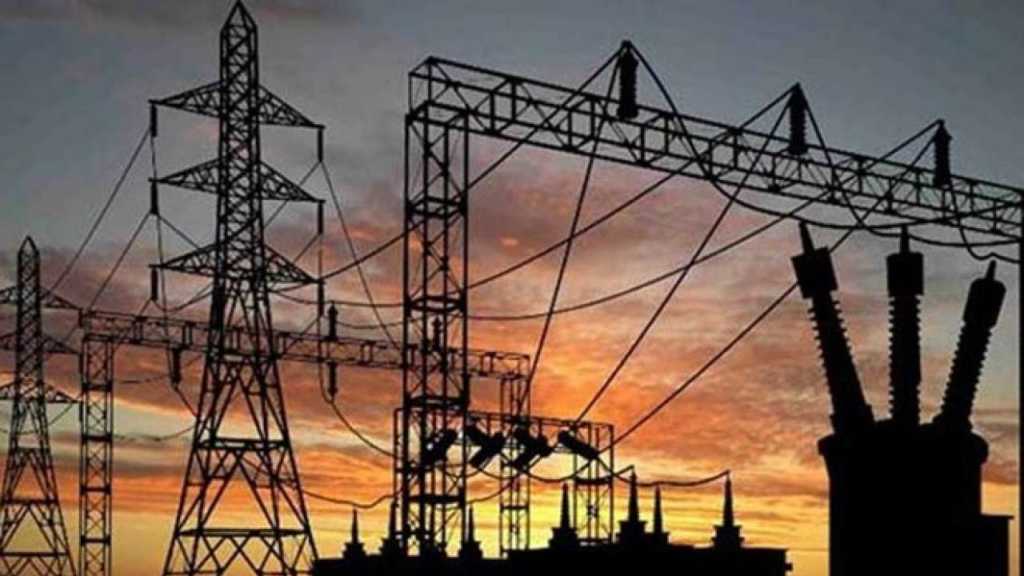The Ujwal Discom Assurance Yojana or UDAY has helped the debt-laden states in India to come out of the vicious cycle of debt. According to a Deutsche Bank market report, under the UDAY scheme, power distribution companies (DISCOM) had reduced the losses by 70 percent to around Rs 17,350 crore in the last two years. When the scheme was launched in November 2015, the losses amounted to Rs 4.3 lakh crore with annual incremental losses of Rs 60,000 crore. As per the promise by the Discoms to increase operational efficiencies, the aggregate technical and commercial losses (AT&C) were cut by 5 percent. According to the report, “the gap between ACS (actual cost of supply of power) and ARR (Cost & Tariff rate) has reduced to Rs 0.24/kWh or by 57 percent over two years.” The top 5 states which cut most losses in 2017-18 over 2016-17 were Manipur, Jammu & Kashmir, Assam, Rajasthan, and Bihar while the bottom 5 states in cutting losses were Mizoram, Madhya Pradesh, Punjab, Tripura, and Uttarakhand.
States like Bihar which have one of the lowest per capita energy consumption coming in the top 5 states cutting losses is good news, because if their DISCOMS become profitable then the people will not face regular blackouts. The states of Assam and Jammu & Kashmir are among the states which generate most power but their people have suffered from blackouts because the Discoms of the state have operational inefficiencies. If these companies come out of the vicious cycle of debt then the people of the state would have the luxury of 24-hour power supply if they are willing to pay for it. The reformation of power distribution was very necessary for providing 24*7 power supply to every single person of the country, because despite having power surplus the blackout problem persisted due loss-making DISCOMS. The power distribution companies (DISCOMS) are lost in a vicious debt cycle since Independence, and in most cases, these companies are owned by the respective state governments which ultimately have to bear the losses of these companies. Sometimes states give money from the budget to these companies, but they had not been able to find a permanent solution to this problem.
The Modi government came up with a slightly unconventional and out of the box solution to this problem. Under the UDAY scheme launched in November 2015, the loss-making DISCOMS were able to transfer 75 percent of their debt to the state government. To pay the 75 percent losses, the government will issue bonds with the help of banks and other financial institutions. These bonds can then be purchased by banks, financial institutions and individuals as equity in these companies. The remaining 25 percent of debt will be transferred to banks as loans with interest rate no more than 0.1 percent above their base rate. In return for the bailout, the DISCOMS have been given target dates from 2017 through to 2019 by which they will have to meet goals of reduction in power lost through transmission, theft and faulty metering. This can be done by installing smart meters and implementing GIS (geographic information system) mapping of loss-making areas.
UDAY seeks to empower loss-making DISCOMS to break even in two to three years by helping the DISCOMS in improving their operational efficiencies. These would include compulsory smart metering, upgrading transformers, popularizing LED bulbs, reducing the cost of power by increasing supply of cheaper domestic coal, liberal coal swaps from inefficient to efficient plants, the supply of washed and crushed coal and faster completion of transmission lines. Piyush Goyal will be remembered as the man who made a landmark turnaround in power distribution across India. The goal of 100 percent electrification and a 24 hour supply of electricity could not be realized without bringing about power distribution efficiency. This government will go down in history as the first government which made a landmark turnaround in power distribution across India.
